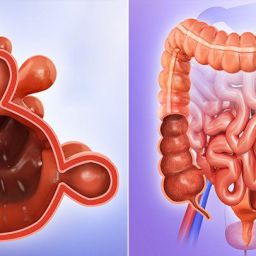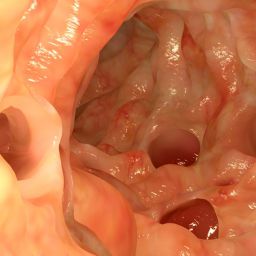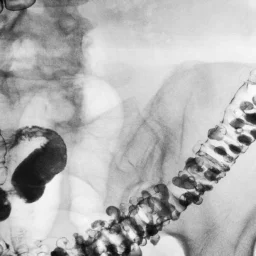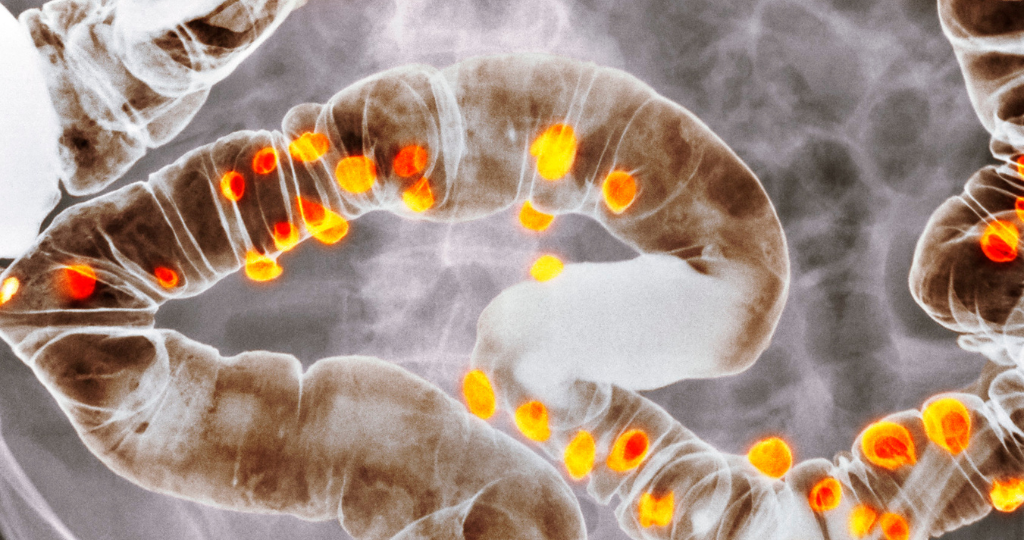
Key Measures to Reduce the Risk of Diverticulitis Episodes
1. Adopting a High-Fiber Diet
One of the most important steps in reducing the risk of diverticulitis episodes is adopting a high-fiber diet. Fiber helps maintain regular bowel movements and reduces the pressure in the colon, which may help prevent the formation of diverticula.
- Types of Fiber: There are two main types of fiber—soluble and insoluble. Both types contribute to healthy digestion:
- Soluble Fiber: Found in foods like oats, beans, lentils, apples, and carrots. It helps absorb water and forms a gel-like substance in the intestines, making stools softer and easier to pass.
- Insoluble Fiber: Found in foods like whole grains, nuts, seeds, and vegetables. It adds bulk to stool and aids in its passage through the intestines.
A high-fiber diet reduces the risk of constipation, which is one of the contributing factors to diverticulitis. Constipation causes the colon to contract forcefully, increasing the pressure on the diverticula and potentially leading to inflammation.
- Fiber-Rich Foods to Include:
- Whole grains (brown rice, quinoa, whole-wheat bread, and pasta)
- Legumes (lentils, chickpeas, black beans)
- Vegetables (carrots, spinach, kale, broccoli)
- Fruits (apples, pears, berries, bananas)
Increasing fiber intake gradually is key, as a sudden spike in fiber may cause bloating or discomfort in some individuals. Drinking plenty of water alongside fiber is also important to prevent constipation and improve digestion.
2. Staying Hydrated
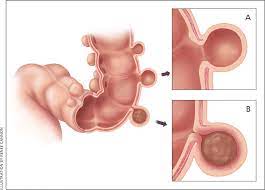
Proper hydration plays a crucial role in preventing diverticulitis. Water helps keep stools soft and makes it easier for the digestive system to process fiber. Dehydration, on the other hand, can lead to constipation, which increases the risk of diverticular disease and diverticulitis flare-ups.
- How Much Water Is Needed?: The general recommendation for adults is to drink at least 8 cups (2 liters) of water per day, but individual needs may vary based on factors like age, activity level, and climate.
In addition to water, herbal teas and broths can also contribute to hydration, especially for individuals who may have trouble drinking large amounts of plain water.
3. Regular Physical Activity
Engaging in regular physical activity helps promote healthy digestion and regular bowel movements. Exercise helps prevent constipation, a primary risk factor for diverticulitis, by stimulating the muscles in the colon. Furthermore, maintaining a healthy weight reduces the pressure on the abdomen and lowers the risk of diverticular disease.
- Exercise Recommendations:
- Aerobic exercises like walking, swimming, or cycling improve bowel motility.
- Strength training and yoga can also be beneficial in promoting overall digestive health.
Aim for at least 150 minutes of moderate-intensity aerobic activity or 75 minutes of vigorous activity each week. If you’re new to exercise, start slowly and gradually increase your activity level.
4. Avoiding Straining During Bowel Movements
Straining during bowel movements increases pressure in the colon and may contribute to the formation of diverticula and flare-ups of diverticulitis. Preventing constipation and straining can be accomplished by maintaining a high-fiber diet and staying hydrated.
- Tips to Avoid Straining:
- Take your time during bowel movements—don’t rush.
- Set aside time for regular bathroom visits to avoid holding in stool, which can lead to constipation.
- Practice relaxation techniques to reduce stress during bathroom visits.
5. Limiting Red Meat and Processed Foods
While red meat is not a direct cause of diverticulitis, high consumption of red meat and processed foods has been linked to an increased risk of diverticular disease and exacerbation of symptoms. These foods are often low in fiber, high in fat, and may increase inflammation in the digestive tract.
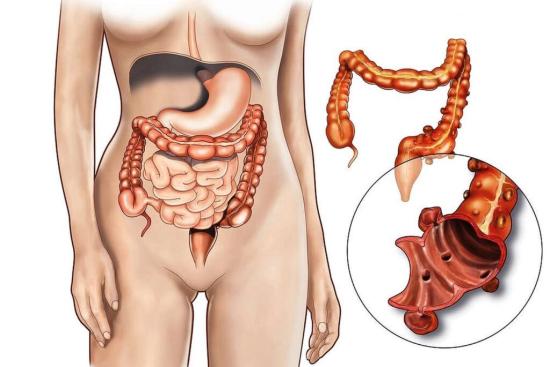
- Red Meat: Beef, pork, and lamb can be harder to digest and may contribute to constipation, increasing the risk of diverticular complications.
- Processed Foods: Meats like bacon, sausage, and hot dogs, as well as packaged snacks and fast foods, are high in preservatives, unhealthy fats, and sodium, which can aggravate diverticular symptoms.
Instead of red meat and processed foods, opt for lean protein sources like chicken, fish, tofu, and legumes. Reducing the intake of these foods can support digestive health and lower the risk of diverticulitis flare-ups.
6. Managing Stress Effectively
Chronic stress can negatively affect gastrointestinal health, potentially leading to digestive problems such as constipation, bloating, and abdominal discomfort. These issues can exacerbate the risk of diverticulitis episodes. Stress management plays a significant role in overall gut health.
- Stress Management Techniques:
- Mindfulness and meditation can help reduce stress and promote relaxation.
- Deep breathing exercises can help alleviate tension in the abdominal area.
- Regular physical activity (as mentioned earlier) is another great way to manage stress.
Incorporating relaxation techniques into your daily routine can have positive effects on both your digestive health and overall well-being.
7. Avoiding Smoking and Excessive Alcohol
Both smoking and excessive alcohol consumption are risk factors for gastrointestinal disorders, including diverticulitis. Smoking reduces blood flow to the intestines and impairs the healing process, while alcohol can irritate the gastrointestinal lining, increase inflammation, and contribute to dehydration.
- Quit Smoking: If you smoke, consider seeking support to quit. Your doctor can recommend cessation programs, nicotine replacement therapy, and other methods to help you stop smoking.
- Limit Alcohol Intake: For individuals at risk of diverticulitis, it’s best to limit alcohol consumption to moderate levels or avoid it entirely.
8. Maintaining a Healthy Weight
Being overweight or obese increases the pressure on the colon and abdominal area, contributing to the development of diverticulosis and diverticulitis. Maintaining a healthy weight through diet and exercise can reduce the risk of diverticular disease and other gastrointestinal complications.
- How to Achieve a Healthy Weight:
- Combine regular exercise with a balanced, fiber-rich diet to achieve and maintain a healthy weight.
- Consider working with a healthcare provider or nutritionist to create a personalized weight management plan.
9. Probiotics for Gut Health
Probiotics are beneficial bacteria that support gut health. While research on the direct impact of probiotics on diverticulitis is ongoing, they may help maintain a healthy balance of gut flora and reduce inflammation in the digestive tract. Probiotic-rich foods include:
- Yogurt (with live cultures)
- Kefir
- Sauerkraut and kimchi
- Miso and tempeh
Consult with a healthcare provider before introducing probiotics into your diet, especially if you have an existing gastrointestinal condition.
10. Regular Medical Check-ups and Monitoring
For individuals with a history of diverticular disease or diverticulitis, regular check-ups with a healthcare provider are important. A doctor can monitor your condition, make dietary and lifestyle recommendations, and ensure that any complications are addressed promptly. Regular colon screenings may also be necessary, especially if you’re at a higher risk.
Reducing the risk of diverticulitis episodes requires a multifaceted approach that includes adopting a high-fiber diet, staying hydrated, exercising regularly, managing stress, and avoiding risk factors such as smoking and excessive alcohol consumption. By making these lifestyle changes and maintaining a healthy weight, individuals can significantly lower their chances of experiencing diverticulitis flare-ups.
A balanced, fiber-rich diet and a proactive approach to health can help maintain digestive function and improve quality of life for those at risk of diverticular disease. As always, consult with a healthcare provider to develop a personalized plan that works best for your specific needs.

